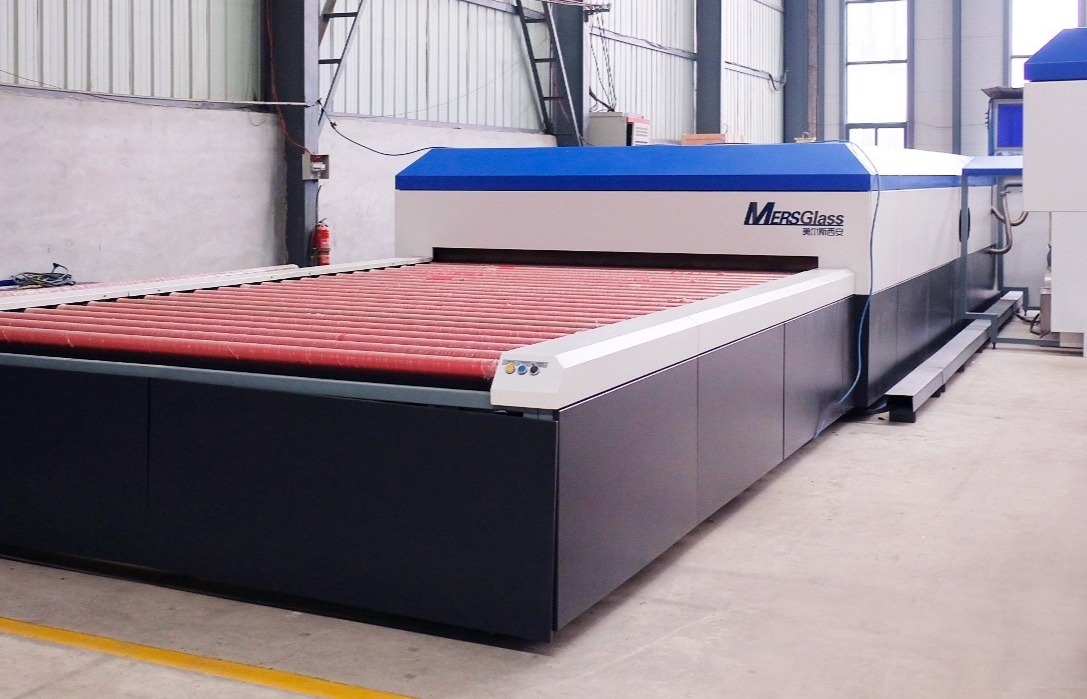Non Autoclave Lamination Machine for Composite Manufacturing

# Non Autoclave Lamination Machine for Composite Manufacturing
## Introduction to Non Autoclave Lamination Technology
Composite materials have revolutionized various industries, from aerospace to automotive, due to their exceptional strength-to-weight ratio. Traditionally, autoclave lamination has been the go-to method for producing high-quality composite parts. However, the emergence of non autoclave lamination machines has provided manufacturers with a more cost-effective and accessible alternative.
## How Non Autoclave Lamination Machines Work
Non autoclave lamination machines utilize innovative techniques to achieve similar results to autoclave processing without the need for expensive high-pressure vessels. These systems typically combine vacuum bagging, controlled heating, and precise pressure application to consolidate composite layers effectively.
The process begins with layering composite materials (prepregs or dry fibers with resin) on a mold. A vacuum bag is then applied to remove air and compact the layers. The machine then applies controlled heat and pressure to cure the resin, creating a strong, void-free composite structure.
## Advantages Over Traditional Autoclave Methods
Cost Efficiency
Non autoclave systems eliminate the need for expensive autoclave equipment, significantly reducing capital investment. The operational costs are also lower due to reduced energy consumption and maintenance requirements.
Scalability
These machines offer greater flexibility in terms of size and production volume. Manufacturers can scale their operations more easily without the space and infrastructure constraints associated with large autoclaves.
Material Compatibility
Modern non autoclave lamination machines can work with a wide range of composite materials, including advanced prepregs specifically designed for out-of-autoclave (OOA) processing.
Keyword: non autoclave lamination machine
## Key Applications in Industry
Non autoclave lamination technology is being adopted across multiple sectors:
- Aerospace components (interior panels, structural parts)
- Automotive body panels and structural elements
- Wind turbine blades
- Marine applications (boat hulls, decks)
- Sports equipment (bicycle frames, hockey sticks)
## Technological Innovations in Non Autoclave Systems
Advanced Heating Systems
Modern machines incorporate sophisticated heating technologies such as infrared, convection, or induction heating for precise temperature control throughout the curing process.
Smart Pressure Control
Innovative pressure application systems ensure uniform consolidation without the need for high-pressure environments, maintaining part quality while reducing equipment complexity.
Process Monitoring
Integrated sensors and control systems provide real-time monitoring of temperature, pressure, and vacuum levels, enabling consistent quality and repeatability.
## Future Trends in Non Autoclave Lamination
The non autoclave lamination machine market is expected to grow significantly as technology advances. Future developments may include:
- Integration with Industry 4.0 for smart manufacturing
- Development of new resin systems optimized for OOA processing
- Hybrid systems combining multiple curing technologies
- Increased automation for higher production rates
As composite materials continue to penetrate new markets, non autoclave lamination machines will play an increasingly important role in making composite manufacturing more accessible and economical for a wider range of applications.